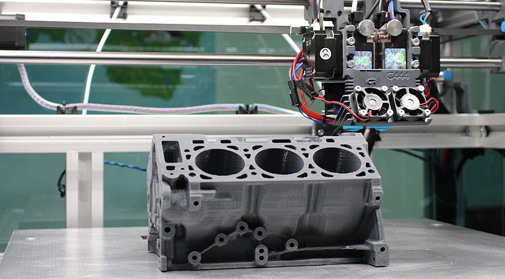Bachelor of Architecture Concentration Areas (tracks)
Track 1: AI in Architecture (AIA)
This track focuses on integrating artificial intelligence into the architectural design process, empowering students to leverage machine learning and AI tools for creating intelligent, data-driven designs. Students will delve into generative design algorithms, AI-powered simulations, and performance analysis to develop innovative solutions. Includes topics such as: AI-Driven Design Tools, Generative Design and Optimization, Performance-Based Design Analytics, Autonomous Building Systems AI for Urban and Environmental Analysis.
Track 2: Digital and Parametric Architecture (DPA)
This track combines advanced digital tools and parametric methodologies to enable students to create innovative and performance-driven architectural designs. The curriculum integrates computational design, parametric modeling, and digital fabrication techniques, focusing on both conceptual exploration and practical applications. Topics include Parametric Design Fundamentals, Advanced Grasshopper and Computational Workflows, Generative Algorithms for Architecture, Digital Fabrication Techniques (3D Printing and CNC), and Performance-Driven Design Strategies.
Track 3: Robotics in Architecture (RA)
The Robotics in Architecture track explores the use of robotic systems and automation in the design, construction, and fabrication processes. Students will gain hands-on experience in robotic programming, construction workflows, and innovative applications of robotics to solve complex architectural challenges. Topics in this track include Robotics for Design and Fabrication, Robotic Assembly and Construction Systems, Autonomous Construction Techniques, Material Innovation through Robotics, and Human-Robot Collaboration in Architecture.
Track 4: Computational Landscape Design (CLD)
This track emphasizes the integration of computational tools and methods in landscape design to create sustainable and innovative outdoor spaces. Students will explore the use of parametric modeling, simulation tools, and geographic information systems (GIS) to design ecologically sensitive landscapes that respond to environmental challenges. Key topics include Parametric Landscape Modeling and Visualization, GIS and Environmental Analysis for Landscape Design, Computational Ecology and Planting Strategies, Sustainable Landscape Systems Optimization, and Digital Fabrication for Landscape Features.
Track 5: Computational Interior Design (CID)
This track integrates advanced computational tools and methods into the interior design process, empowering students to create innovative, functional, and performance-driven interior spaces. The curriculum emphasizes parametric design, material optimization, and datadriven strategies to enhance user experience and spatial efficiency. Students will explore cutting-edge technologies and workflows to address contemporary challenges in interior design. Key topics include Parametric Design for Interior Spaces, Material and Furniture Optimization, Lighting and Environmental Simulations, Digital Fabrication for Interior Design.







